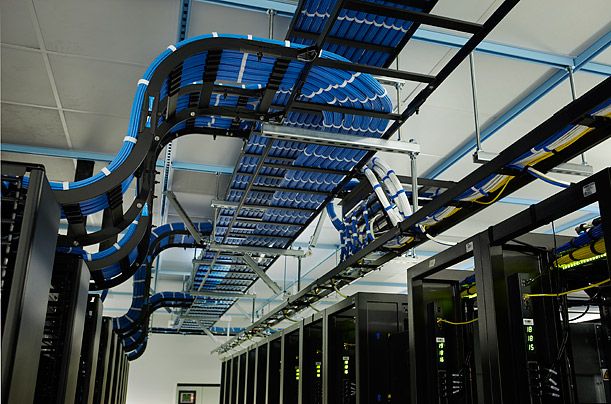Indoor fiber optic cable is specifically designed for use in indoor environments to transmit data using light signals. Unlike outdoor cables, indoor cables do not need to withstand the same harsh environmental conditions, so they have different construction and materials.

Here are some key features and considerations of indoor fiber optic cable:
Flame-Retardant Jacket: Indoor fiber optic cables typically have flame-retardant jackets made of materials like PVC (polyvinyl chloride) or LSZH (low smoke zero halogen). These materials minimize the spread of fire and reduce the emission of toxic gases in case of a fire.
Compact Design: Indoor cables are often designed to be more compact and flexible compared to outdoor cables, making them easier to install and manage within indoor spaces.
Tight-Buffered Design: In indoor cables, each fiber is often individually coated with a tight buffer layer to provide additional protection and flexibility. This design simplifies termination and connectorization processes.
Non-Metallic Strength Members: While some indoor cables may include aramid yarns for reinforcement, they generally do not require heavy-duty metallic strength members since they are not exposed to outdoor stressors like wind or weather.
Indoor Installation: Indoor fiber optic cables are typically installed within buildings, data centers, and other indoor facilities. They may be run through conduits, cable trays, or plenum spaces depending on local building codes and requirements.
Bend Radius: Indoor cables are designed to accommodate tighter bend radii compared to outdoor cables, allowing for easier routing around corners and through tight spaces.
Fiber Types: Indoor fiber optic cables support various types of optical fibers, including single-mode fibers (SMF) and multimode fibers (MMF), depending on the specific application and requirements.
Environmental Considerations: While indoor cables do not need to withstand outdoor conditions, they may still be exposed to environmental factors such as temperature fluctuations, humidity, and dust. Therefore, they are designed to perform reliably under typical indoor environmental conditions.
Overall, indoor fiber optic cables are optimized for efficient data transmission within indoor environments, providing high-speed and reliable connectivity for applications such as LAN (local area network) connections, telecommunications, and data center networking.
03-21
202502-12
202509-12
202409-05
202408-16
202408-07
202408-06
202408-02
202407-30
202407-29
2024
